Learning the right way to measure flour is the BEST thing you can do to improve your baking.
Flour is the easiest thing to mis-measure because you can easily pack too much into a measuring cup without even realizing it. This causes you to add more flour to your recipe than called for.
If you put more flour in a recipe than what is called for you may get results that are:
- Dry (instead of moist)
- Dense (instead of light and fluffy)
- Crumbly (instead of moist, chewy, or fudgy)
- Tough (instead of tender)
- Rubbery (instead of delicate)
There are really 2 ways to measure flour, one is to use the “spoon and level” method and the other is by weighing it using a digital scale. The most accurate way to measure your flour is to weigh it using a digital scale. When I first started using my scale it changed everything for me.
You’ll can read HERE why I started using a baking scale in the first place. Whether or not my theory is true regarding the different depths and shapes of a measuring cup, it pushed me to do the best thing to get my baking right, USE A SCALE.
Weighing with a scale has so many benefits.
- It gives you 100% accuracy
- Dirties less dishes and measuring cups
- It allows you to get the very same results time after time
Why is using a digital scale ESPECIALLY important in gluten free baking?
As you might know by now, gluten free flours are made up of “blends” of proteins and starches. The staple in a traditional baker’s arsenal is all-purpose wheat flour. To replace this one grain, we need multiple gluten-free ingredients to try and match its composition: some high in protein, some high in starch, and sometimes other ingredients to act as a binder. Each one of these ingredients weighs differently. Wheat always weighs the same.
So based on the blend you are using and the ingredients it is made up of, 1 cup will weigh a different number of grams. I’ve included a chart below to help illustrate this because as you can see, 1 cup, is not the same in every brand. Therefore, these brands cannot be used interchangeably without varying results. It’s best to find a brand you like and stick with it.
Some recipes specify the brand of gluten free flour that is used. This is SO helpful. As in my cookbook, The Big Book of Gluten Free Baking, you all know, every single recipe will give you great results because they were all made with my OWN premium blend. This completely takes the guesswork out of baking and can save you SO much money.
In general, one cup of wheat flour equals 125-135 grams and when I developed my OWN all-purpose flour blend, I wanted to make sure my flour could be a cup for cup equivalent. Take a look at King Arthur’s all-purpose flour below, one cup equals 156 grams. Do you see how much extra flour you would be adding if you were converting a traditional recipe by just using cups? More than 25 grams per cup (or more since you really don’t know how much flour you’ve added to the measuring cup). That’s a lot.
What I do in this situation if I’m using a gluten free flour that weighs more per cup, is match gram for gram. So, if a recipe includes the grams, I will just use the same gram weight, regardless of what my brand says a cup should be. If it does not give the grams, I will assume 1 cup is 125 grams since this is what I’ve seen the most with wheat flours. So, in the case of the King Arthur’s AP flour, I would be adding 125 grams per cup, not 156. This method has always given me the best results.
Have I convinced you yet?
How do I choose the right digital scale?
When purchasing a scale make sure you get one with a ZERO/TARE button so you can return the weight to zero before adding each new ingredient.
When we use a digital scale to weigh flour we weigh in grams. To accurately weigh your flour place a bowl (big enough to hold all your ingredients or just one) on top of your scale and zero it out. Spoon your flour into your bowl until you reach the amount that is needed for the recipe.
Even though I teach a “one bowl” method in my GF Baking Club for Kids, I try to also encourage my bakers to use a separate bowl to weigh each ingredient before adding it to the mix, as a starting point. I want them to get used to using the ZERO/TARE feature, but also remove the pressure of making a mistake and forgetting.
If you don’t have a scale the next way to measure your flour is commonly known as the “Spoon and Level” method. I only mention this method to familiarize you with the term (if you don’t already know it) but since I do not recommend it, I do not teach it. The best thing I can tell you about this is, you are never supposed to dip your measuring cup in your flour bag and then “sweep” the access off. This leaves too much room for error.
I hope that if you are not using a digital scale by now, that I’ve given you enough reason to try one. I’d love to hear how using a scale has changed your baking. Feel free to leave a comment below.
And if you need more help with this or have questions always feel free to reach out to me directly. This is one of those things, I want to make sure you get right so that you too can love your food again.
Extra tip: I’ve also recently learned that you should even fluff your flour before you weigh or measure it because as it sits in the bag, it settles and can sometimes become “packed”. I might have trouble remembering this one. We’ll see.
Extra tip: Sometimes recipes call for flour to be sifted. But the question comes up, should we measure it before or after we weigh our flour. The answer to this is simple. If the recipe calls for 1 cup of flour sifted, weigh it first and then sift it. If the recipe calls for 1 sifted cup of flour, sift it first and then weigh it.
Stay tuned for more!
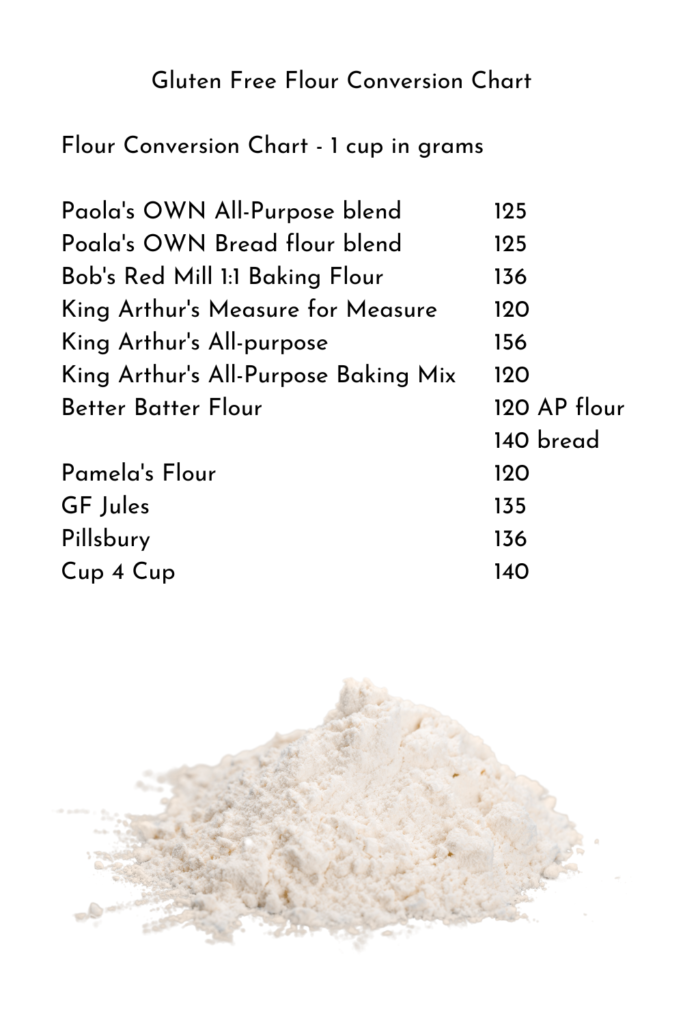
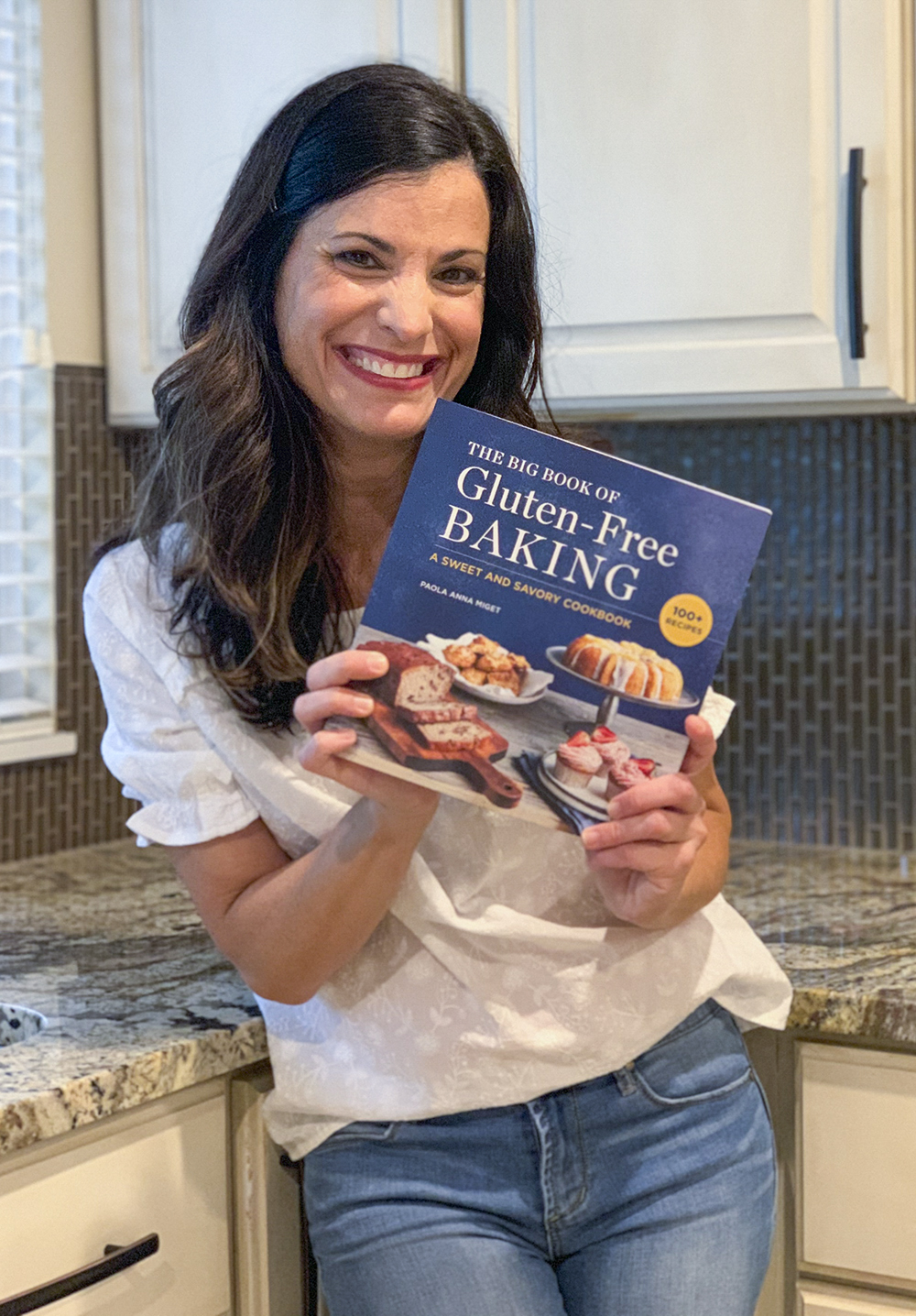
Paola Anna has helped thousands of people live a delicious gluten free life. Her gluten intolerance and her boys’ food allergies have inspired her to be an advocate for the gluten free community and create recipes that the whole family will love. You can sign up to receive new recipes and learn more about her GF Baking Club for Kids on her website stayglutenfree.com

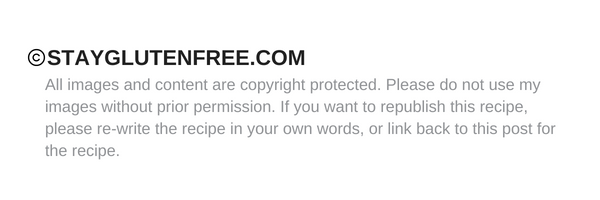





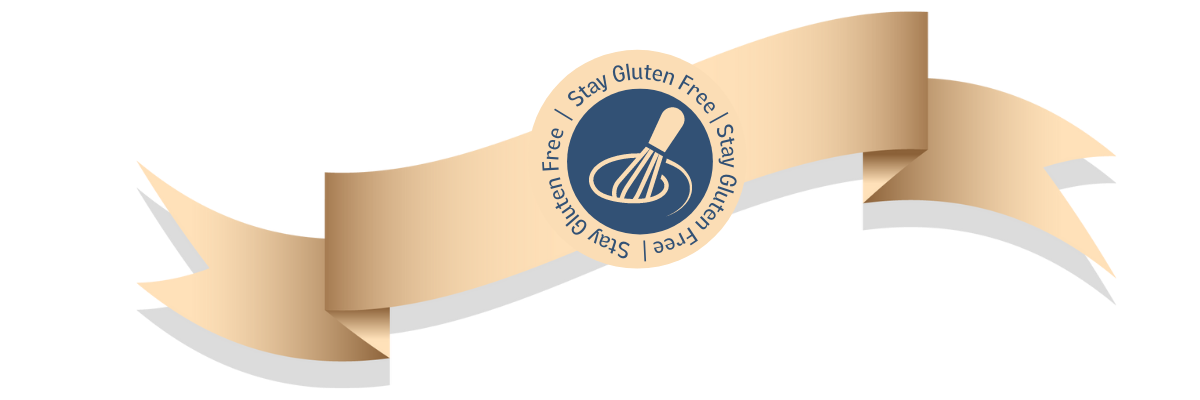
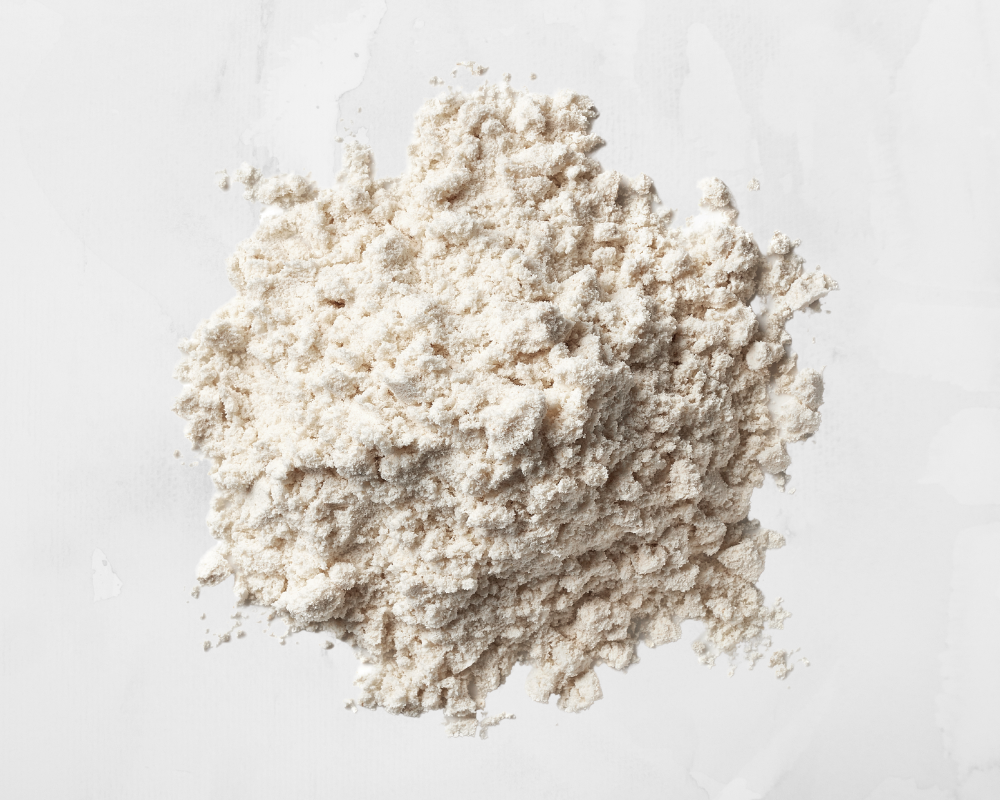

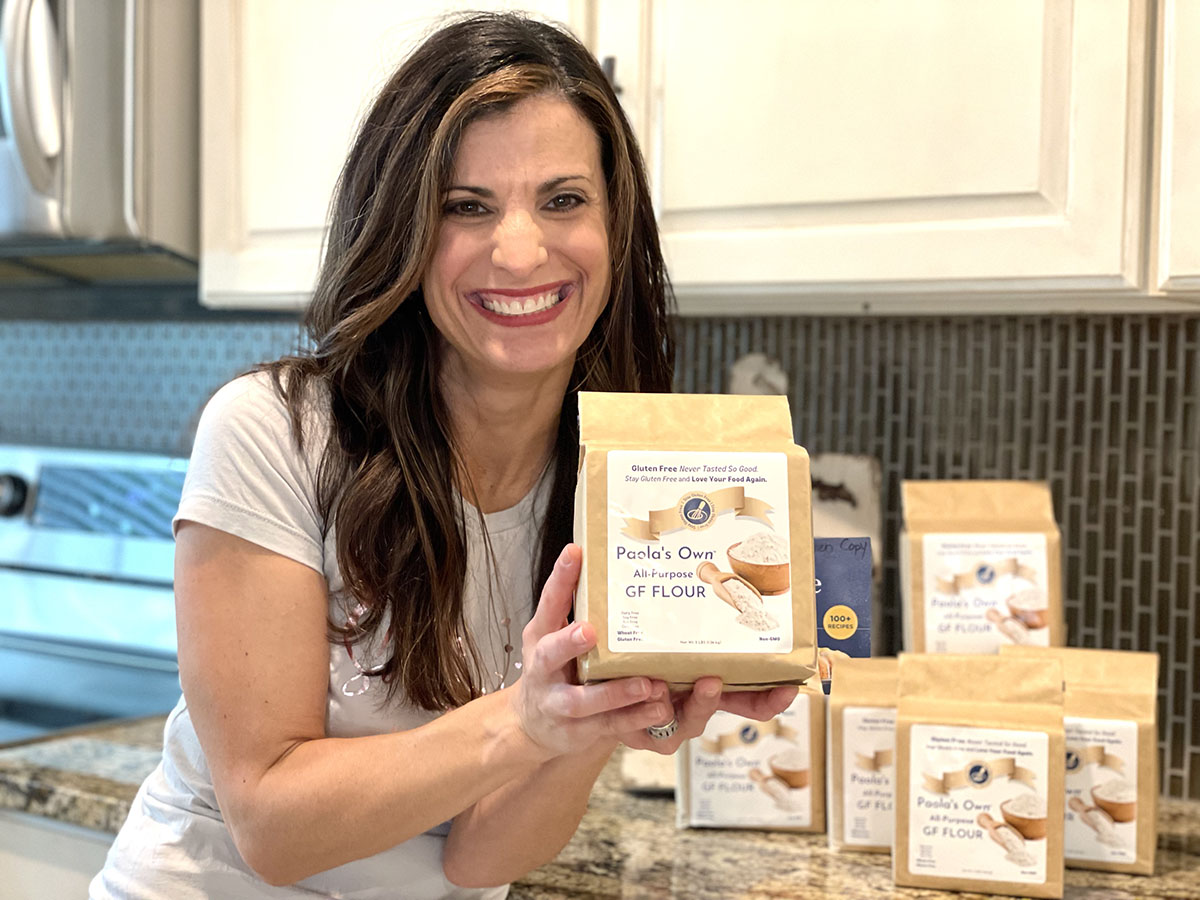
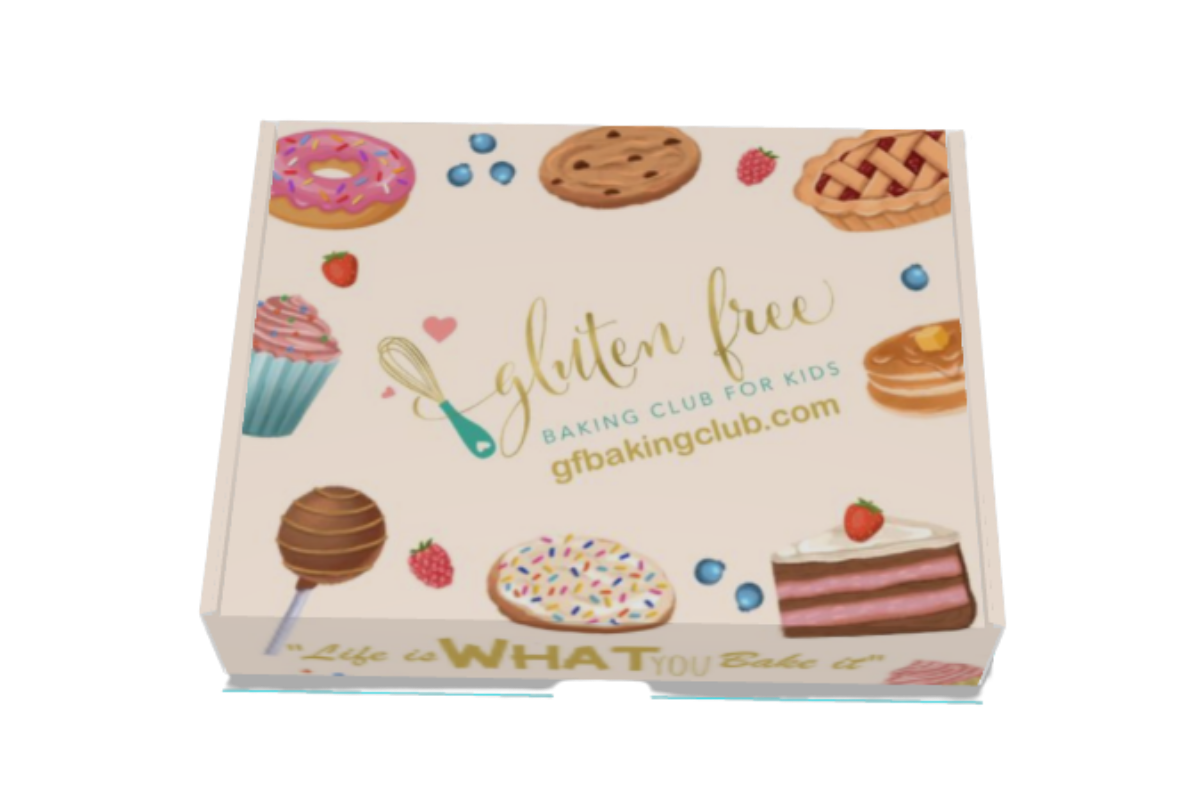
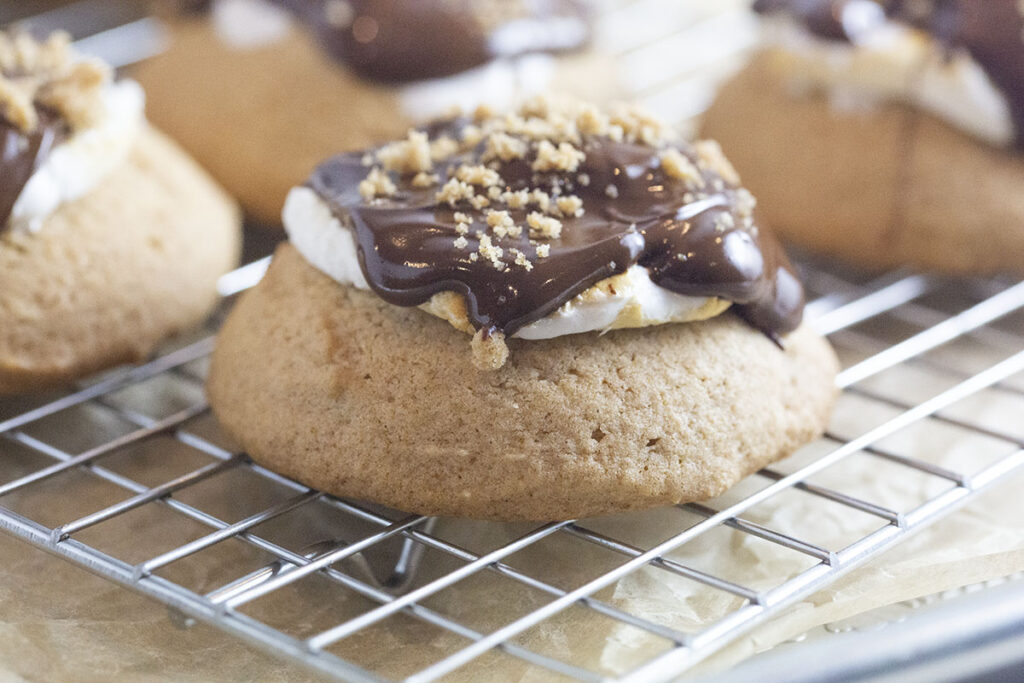
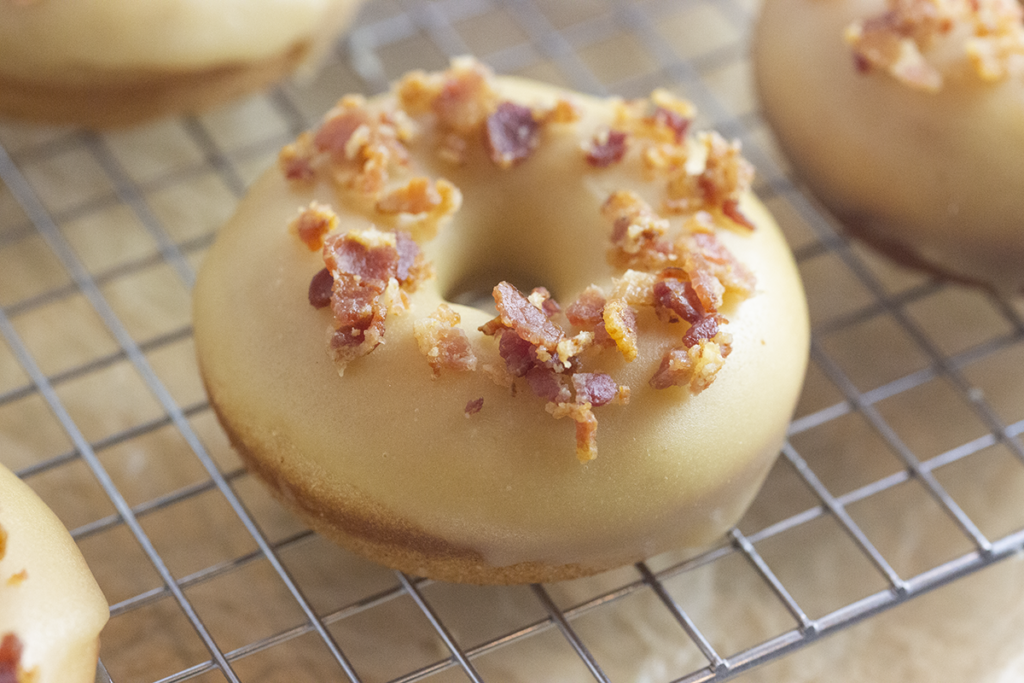
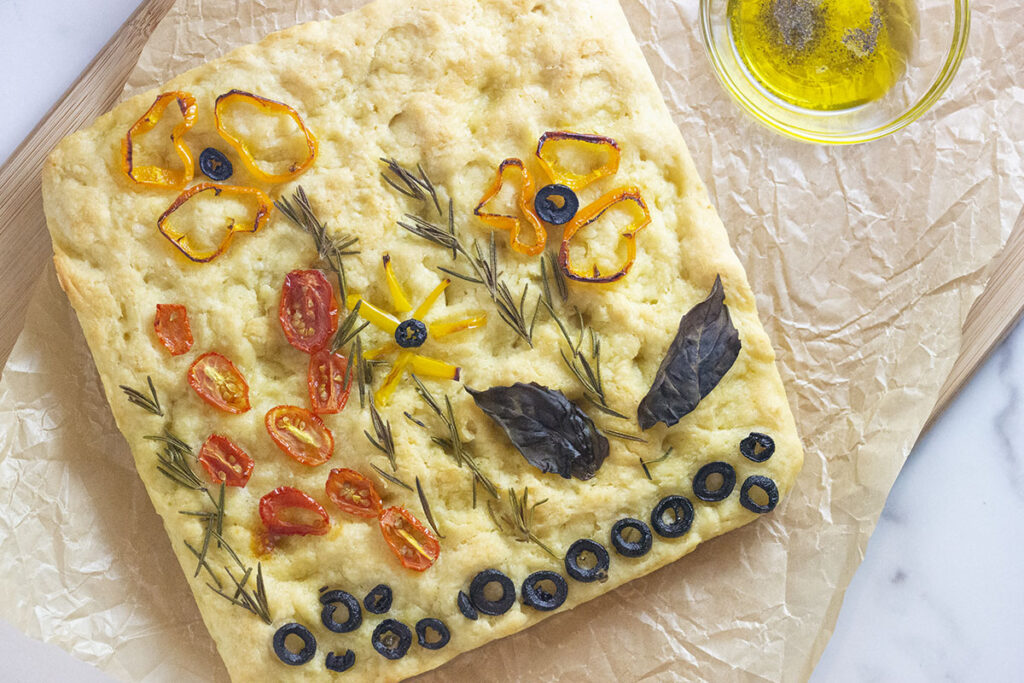
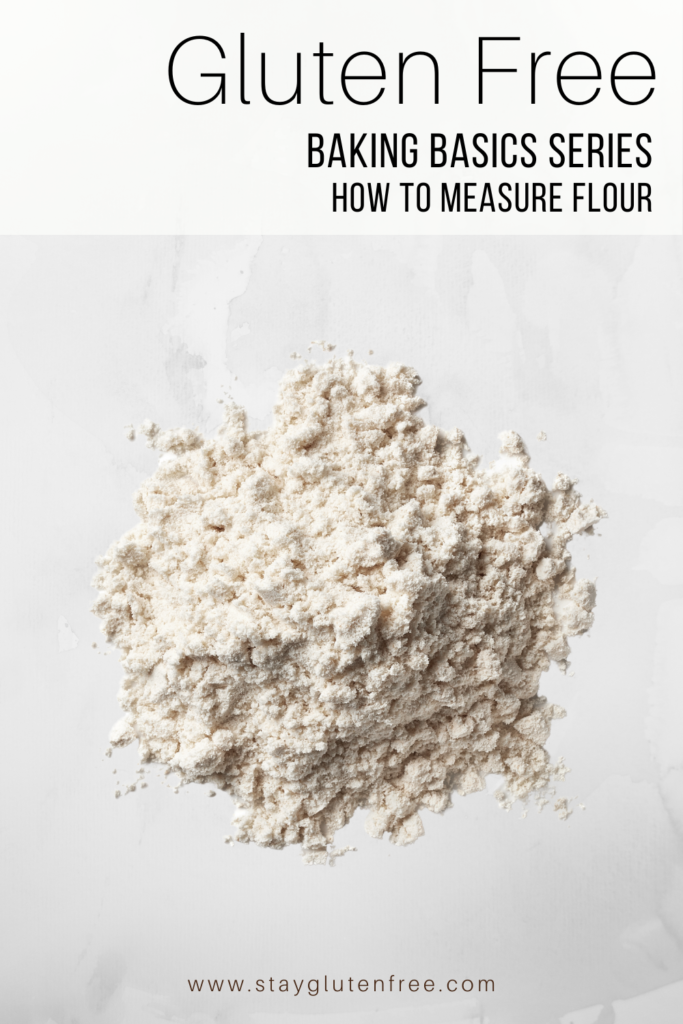
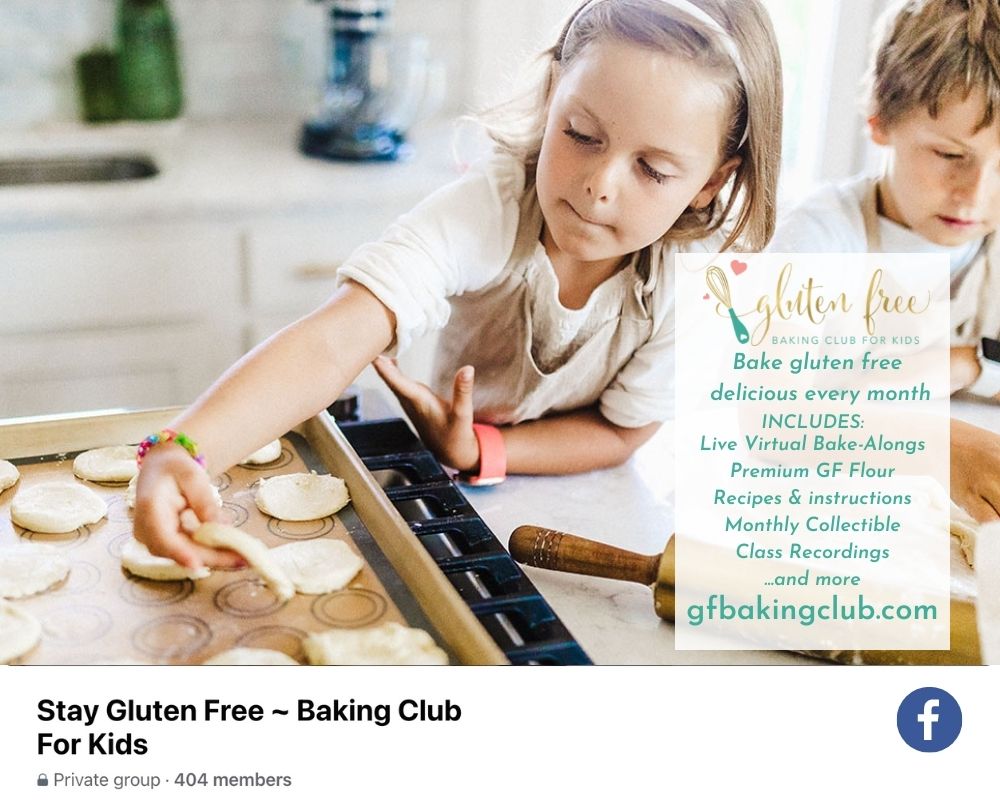

I recently noticed different brands of rice flour, sorghum flour, potato flour, tapioca flour, etc. have different weights per cup. e.g. A flour blend recipe or bread recipe calls 3/4 cup potato flour and also lists its weight in grams, but my package of potato flour says that 3/4 cup is actually 20 grams more than the amount listed in the recipe.
Would you aim to keep the grams the same so you’re measuring a little less than 3/4 cup, or would you increase the grams to have the 3/4 cup of potato flour?
I would tend to follow the weight in grams the recipe calls for. Since the recipe creator most likely weighed the ingredients out individually their weights would be more accurate for the success of the recipe. I had looked up all the weights of the ingredients in my blend, but I also weighed (and measured) them myself for comparison. I hope this helps.